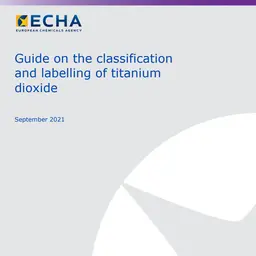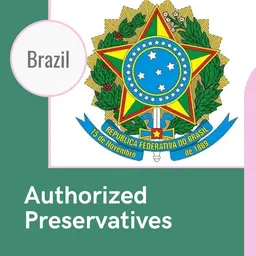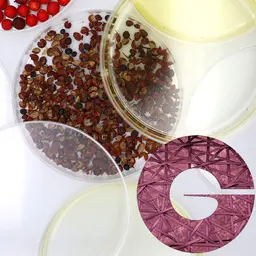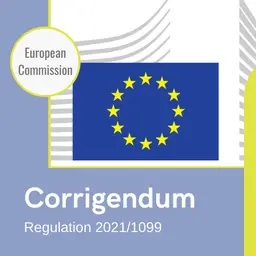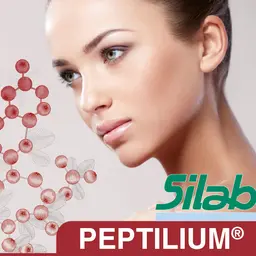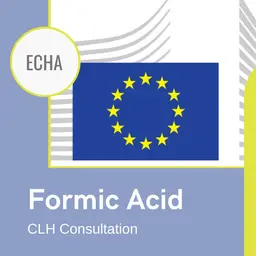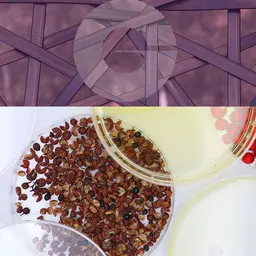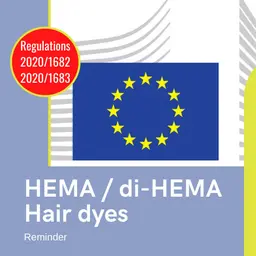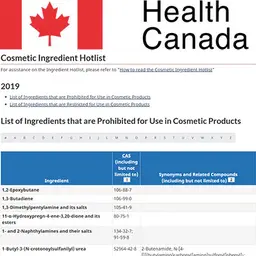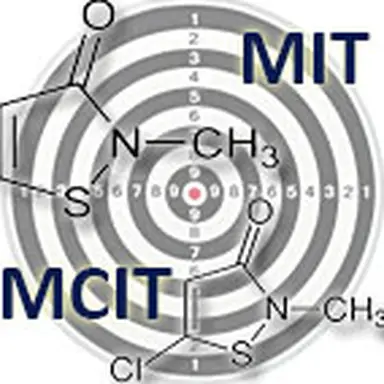
These preservatives, like many others, regularly draw the attention of the cosmetics media. For several years, they have been cause for worry and the subject of alerts issued by dermatologist organizations or health authorities due to their strong allergenic potential. Now, they are targeted by European regulators, who intend to limit their use and even prohibit them in certain products.
There was a time when Methylisothiazolinone (MIT) and its official companion, Methylchloroisothiazolinone (MCIT), had wind in their sails. Many considered them to be the best, almost ideal solution to preserve cosmetic products.
The wave of isothiazolinones
The peak occurred when parabens were the subject of widespread finger-pointing. To replace them and remove their names from increasingly scrutinized labels, manufacturers were looking for preservatives that would be effective in preserving products from microbiological damage, not too expensive, and… preferably unknown to the general public not to be likely to be rejected. MIT and MCIT filled all these criteria, even though their allergic potential was already well documented.
Both belong to the chemical family of isothiazolinones, biocidal substances whose effectiveness is known to halt bacterial development in preparations containing water, which is the case for the overwhelming majority of cosmetic products.
MIT (2-methyl-4-isothiazolin-3-one) can be used alone, but initially, it was more often used in combination with MCIT (5-chloro-2-methyl-4-isothiazolin-3-one), particularly in rinse-off personal hygiene products (shower gels, shampoos, body wash for babies, etc.). Like all preservatives officially listed in European laws, their use was regulated and limited to a maximum concentration of 0.0015% of the finished product, at a MCIT:MIT ratio of …

